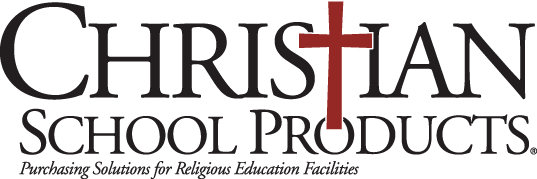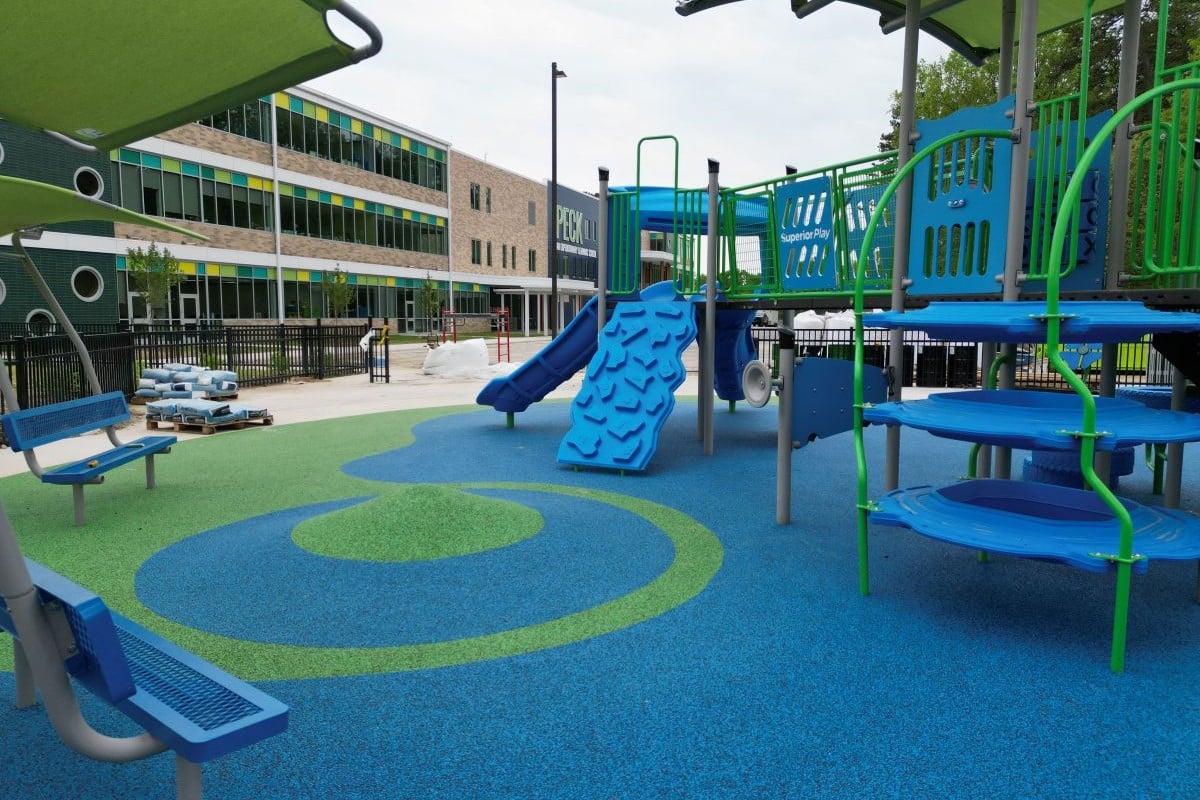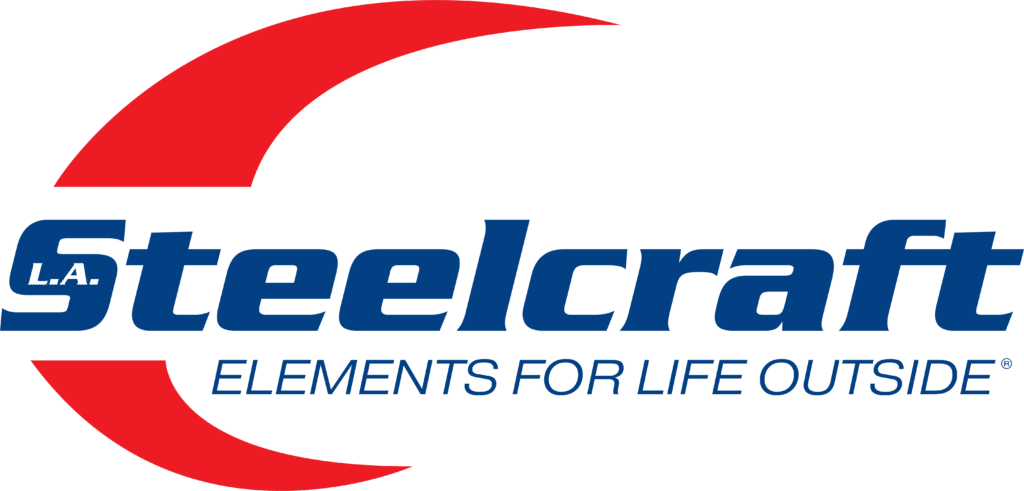When a board votes to fund a new playground or courtyard, everyone pictures the bright equipment, not what goes beneath it. Yet the surface underfoot does more to protect students and your budget than any other part of the play space.
Poured-in-place (PIP) rubber surfacing has become the standard for safety, accessibility, and long-term value in private and independent schools. But leaders approving these projects in 2025 need to understand what really drives longevity, cost, and performance.
Why Surfaces Last or Fail: The Maintenance Factor
The greatest threat to any PIP surface isn’t traffic or weather, it’s neglect. Many schools assume rubber surfacing is maintenance-free. In truth, routine care determines whether it lasts five years or fifteen.
We recommend:
- Monthly cleaning: Use a leaf blower or low-pressure washer (12–24 inches away) to remove dust and debris that trap moisture and weaken binder adhesion.
- Annual inspection: Check high-traffic areas for wear or cracks; early repairs prevent costly replacements.
- Patch as needed: No playground is immune to wear. Small holes should be repaired before they expand.
- Seal-coating every 1–5 years: A clear roll coat binds granules, protects against UV damage, and restores flexibility.
- Seasonal care: Clear leaves in fall, rinse off de-icing salt in spring, and avoid metal shovels or heavy equipment on the surface.
These simple steps protect color, texture, and structure. Schools that document maintenance can easily extend surface life beyond 10 years.
The Base You Don’t See
Rubber gets the attention, but the real foundation is below.
A proper subbase includes compacted stone or concrete/asphalt and a plan for drainage. Without it, water collects beneath the surface and erosion causes dips or sinking areas.
Ask your installer to confirm:
- Edge restraints and transitions to sidewalks
- Drainage design and compaction results
- Cure times and weather restrictions (usually 48–72 hours before use)
Binder Choices That Change Everything
Rubber granules are bound together by polyurethane, and binder type affects both appearance and durability.
- Aromatic binder: Cost-effective and strong, but darkens with an amber hue under UV light. Best for darker blends or budget-sensitive installs.
- Aliphatic binder: UV-stable and colorfast, ideal for light or branded school colors. Though it adds cost per square foot, it keeps surfaces looking fresh for years.
For visible courtyards or school-branded play zones, aliphatic binder is worth the upgrade.
Design That Tells a Story
A PIP surface can be both safety flooring and visual storytelling.
Mix EPDM colors to match school branding, outline play zones, or create sensory and quiet areas. Some schools pour shapes (letters, mascots, or maps) that double as teaching tools.
Early coordination between facilities and advancement teams can also yield donor-sponsored zones or logos that reinforce school identity while supporting accessibility.
Cost and Longevity: The 10-Year Math
Pricing depends on design complexity, fall-height thickness, and color mix.
While initial costs exceed engineered wood fiber (EWF), PIP surfaces require far less upkeep: no raking, top-offs, or frequent refills. Over a decade, schools typically spend 30–40% less in total maintenance while maintaining ADA compliance.
Seal-coating every few years and occasional patching keep surfaces safe and vibrant for 12–15 years.
Scheduling on Active Campuses
Most installations take three to seven days from start to finish, depending on area size, color complexity, and site conditions. The process includes base prep, mixing, pouring both layers, and detailed edge work.
Once poured, the surface must cure for 48–72 hours before foot traffic. Weather conditions are closely monitored to ensure proper bonding and finish.
Because many schools install during the academic year, proactive planning makes a difference:
- Create a backup play plan. Use alternative outdoor areas or schedule indoor PE during the install window.
- Communicate early. Notify staff and parents of limited access that week.
- Fence and sign off work zones. Clear boundaries keep students and staff safe during curing.
A well-organized plan ensures safety, minimizes disruption, and keeps the project on schedule.
Safety, Inclusion, and Stewardship
Beyond compliance, PIP surfacing represents a philosophy of care. It’s firm and stable for wheelchairs and strollers yet soft enough to protect active students.
It’s also sustainable. Our systems use recycled rubber, diverting thousands of pounds of waste from landfills and giving new life to discarded tires. Each square foot represents responsible stewardship—safety and sustainability in one.
Why IPEMA Certification Matters
When comparing bids or selecting a partner, one acronym stands out: IPEMA—the International Play Equipment Manufacturers Association.
Choosing an IPEMA-certified installer ensures your project meets nationally recognized standards for impact attenuation, accessibility, and material quality.
An IPEMA-certified company provides:
- Third-party verification that the surfacing meets ASTM safety standards for fall height and impact performance.
- Material traceability, ensuring the rubber, binder, and system installed are the same as those tested.
- Ongoing accountability through random audits and documentation checks.
For private schools, certification translates directly to peace of mind, your investment has been independently verified by the same organization trusted by municipalities and large park systems.
When reviewing proposals, ask, “Is your poured-in-place system IPEMA certified, and can you provide documentation for the specific system being installed?”
That single question can reveal whether your installer meets true national safety standards.
The Big Picture
Poured-in-place surfacing isn’t just another facility upgrade—it’s an investment in safety, inclusion, and the long-term image of your campus.
When properly maintained, these systems can outlast most playground equipment, reduce liability, and demonstrate the school’s commitment to thoughtful design and stewardship.
A smooth, colorful surface says something deeper: This is a place that plans ahead, values safety, and invests in every child’s experience. That’s the foundation worth standing on.
Brooke Abbott is operations manager at Replay Surfacing, a Charlotte-based company specializing in sustainable poured-in-place rubber surfacing for schools, parks, and athletic facilities nationwide, www.replaysurfacing.com.











